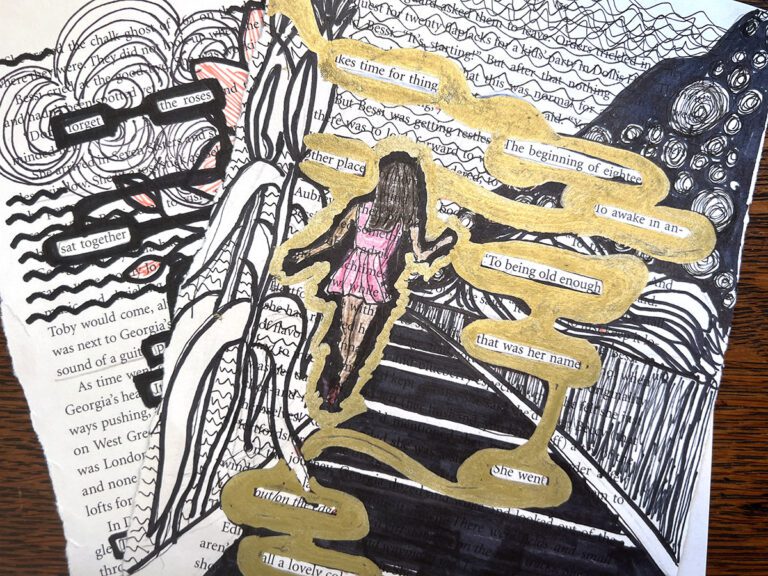Today I bring you another fun and free organizing tip for your art classroom. As you and I know, making that literacy connection is very important for teachers in all content areas to participate in. In our curriculum, we have developed vocabulary words that help guide student’s art making. I talk about these words, but sometimes to actually see the words for students can be very powerful.
As a teacher project, one of my colleagues made vocab cards for each of us to use. So, I had the cards, but I needed a simple place to store them and display them to make them meaningful to learning. I know if it’s not simple and easy, the busy days will fly by and I will NEVER end up using them.
I already have a great organizational spot to keep all of the loose cards, but what I needed was a way to make these words visible, but in a way that doesn’t take a lot of time and is efficient in my small classroom.
Enter pocket charts!
I sent out an email to the whole school asking if anyone had any pocket charts they were not using. The response was wonderful. Sometimes what you need is right at your fingertips and free, and you just didn’t know it and you just have to ask.

I hung them with tiny 3M hooks onto the front of my desk. Why on my desk? Because right in front of my desk is the carpet where my students gather at the beginning of class. The words are right at their eye level and easy for me to grab when I am sitting near the carpet with the kids. One kindergarten student said “Wow- Look at all those hard words” (ha!), but at least they were visible and noticed.
I plan to pull and use the words when introducing projects, tack them to examples on my whiteboard and Elmo and even play games with the cards if students finish early. I am happy with another fun, free and functional organization project which makes my classroom work better for me! I’d love to hear some ideas you might have for me regarding more uses for my vocab cards.
How do you introduce vocabulary to students?
Magazine articles and podcasts are opinions of professional education contributors and do not necessarily represent the position of the Art of Education University (AOEU) or its academic offerings. Contributors use terms in the way they are most often talked about in the scope of their educational experiences.








